Enhancing Customer Communication and Engagement in the Last-Mile TMS Space

In the Last-Mile transportation management system (TMS) space, effective customer communication and engagement are paramount. These practices ensure timely updates, address customer concerns promptly, and contribute significantly to a positive delivery experience. By leveraging the latest technologies, companies can offer personalized delivery experiences that cater to individual customer preferences, thereby enhancing satisfaction and fostering brand loyalty.
Personalized Delivery Experiences
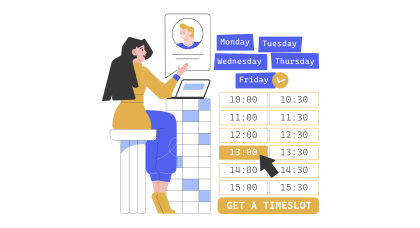
Personalized delivery experiences are becoming increasingly important in the competitive landscape of Last-Mile delivery. Companies can now utilize advanced algorithms and data analytics to tailor delivery options based on customer preferences. For example:
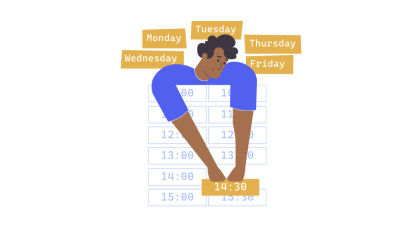
Flexible Delivery Windows
Customers can choose specific time slots that are most convenient for them, reducing the likelihood of missed deliveries. This feature allows individuals to align their delivery schedules with their daily routines, whether it’s early morning before work, during a lunch break, or in the evening after returning home. By offering this flexibility, companies can significantly enhance customer satisfaction and reduce the costs associated with failed delivery attempts.
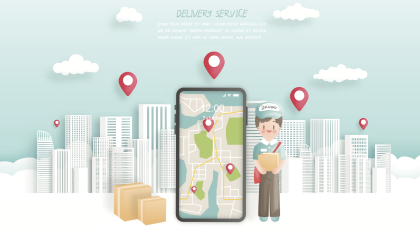
Preferred Delivery Locations
Options such as delivery to a workplace, a neighbor, or a secure locker provide customers with the flexibility to receive their packages where it’s most convenient. This not only enhances the convenience factor but also ensures the security of the package, especially for those who may not be at home during typical delivery hours. Such options reduce the stress of potential theft or missed deliveries and offer peace of mind to customers.
Real-time Delivery Tracking
Customers can track their packages in real time, receiving updates on the delivery status and expected arrival time. This transparency allows customers to plan their day better and ensures they are available to receive the package. Advanced tracking systems can even provide updates on the delivery driver’s location, further enhancing the delivery experience.
Amazon’s “Amazon Day” service is an excellent example of personalized delivery. It allows Prime members to select a specific day of the week for all their deliveries, ensuring they receive packages when it suits them best. This service minimizes the disruption caused by frequent deliveries and allows customers to consolidate their orders, reducing environmental impact and enhancing delivery efficiency. By offering such tailored delivery options, Amazon not only meets customer expectations but also sets a high standard in the e-commerce industry.
Real-Time Alerts for Enhanced Transparency

Real-time alerts are a critical component of effective customer communication. These alerts keep customers informed about the status of their deliveries at every stage, from dispatch to final delivery. This transparency helps to build trust and ensures that customers are always in the loop. Examples of real-time alerts include:

Order Confirmation
Immediate notification upon order placement, including estimated delivery times. This initial alert sets the customer’s expectations and provides reassurance that their order has been successfully processed. It typically includes details such as the items ordered, the total cost, and an estimated delivery window, giving customers all the information they need right from the start.
Shipment Tracking
Updates when the package is out for delivery, with real-time tracking links. These alerts are crucial for keeping customers informed about the progress of their delivery. Real-time tracking links allow customers to see the exact location of their package and its estimated arrival time. This level of transparency not only enhances customer satisfaction but also reduces the number of inquiries and complaints related to delivery status.
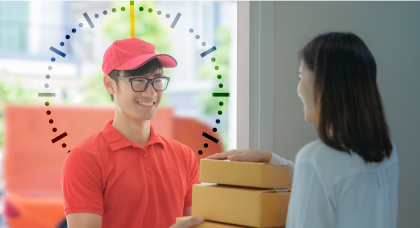
Delivery Confirmation
Notifications upon successful delivery, often including a photo of the delivered package. This final alert confirms that the package has reached its destination and provides proof of delivery, which is particularly useful in cases where the recipient is not home to receive the package in person. Including a photo adds an extra layer of assurance, helping to prevent disputes over lost or missing deliveries
For instance, FedEx and UPS both provide real-time tracking and notifications through their mobile apps, allowing customers to monitor their packages’ journey in real time. These companies have set a high standard in the industry by offering comprehensive tracking solutions that cater to the growing demand for transparency and reliability in the delivery process. By leveraging mobile technology, they ensure that customers have access to up-to-date information at their fingertips, enhancing the overall delivery experience.
Feedback Mechanisms for Continuous Improvement
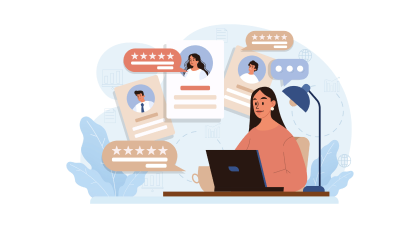
Feedback mechanisms are essential for gathering customer insights and driving continuous
improvement. By providing easy and accessible ways for customers to share their experiences,
companies can identify areas for improvement and implement changes that enhance the overall
delivery experience. Examples of effective feedback mechanisms include:

Post-Delivery Surveys
Brief surveys sent via email or SMS after a delivery is completed, asking customers to rate their experience and provide comments. These surveys are typically short and focused, ensuring high response rates. They can include rating scales for various aspects of the delivery process, such as timeliness, package condition, and courier professionalism. By analyzing this feedback, companies can identify patterns and make targeted improvements to their services.
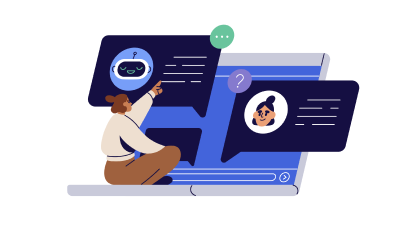
Customer Service Chatbots
AI-driven chatbots that can handle common inquiries and escalate more complex issues to human representatives. These chatbots are available 24/7, providing immediate assistance to customers. They can gather feedback during interactions by asking customers to rate their service experience or provide comments on how the service can be improved. This real-time feedback is invaluable for quickly addressing issues and enhancing customer satisfaction.

Social Media Monitoring
Actively monitoring social media channels for customer feedback and responding promptly to concerns and compliments. Many customers turn to social media to voice their opinions, and proactive monitoring allows companies to engage with them directly. Responding to feedback on platforms like Twitter, Facebook, and Instagram demonstrates a company’s commitment to customer service and can help resolve issues quickly. Additionally, social media feedback provides valuable insights into customer sentiment and emerging trends.
A great example of leveraging feedback for improvement is how Uber Eats allows customers to rate each delivery and provide specific feedback on the driver and the condition of the food. This feedback helps improve service quality and customer satisfaction. By closely monitoring these ratings and comments, Uber Eats can identify top-performing drivers, address recurring issues, and refine their delivery processes. This continuous feedback loop ensures that the service evolves in line with customer expectations, maintaining high standards of quality and reliability.
Building Trust and Engagement

The combination of personalized delivery experiences, real-time alerts, and robust feedback mechanisms fosters trust and engagement with customers. When customers feel that their preferences are respected and their concerns are addressed promptly, they are more likely to remain loyal to the brand. Moreover, engaged customers are more likely to recommend the service to others, driving word-of-mouth marketing and contributing to business growth.
In conclusion, by focusing on customer communication and engagement, Last-Mile TMS providers can significantly enhance the delivery experience. Utilizing the latest technologies to offer personalized services, providing real-time updates, and actively seeking customer feedback are critical strategies for achieving high levels of customer satisfaction and loyalty. A robust Last-Mile TMS technology ensures these practices are effectively implemented, driving operational efficiency and delivering a superior customer experience.
News
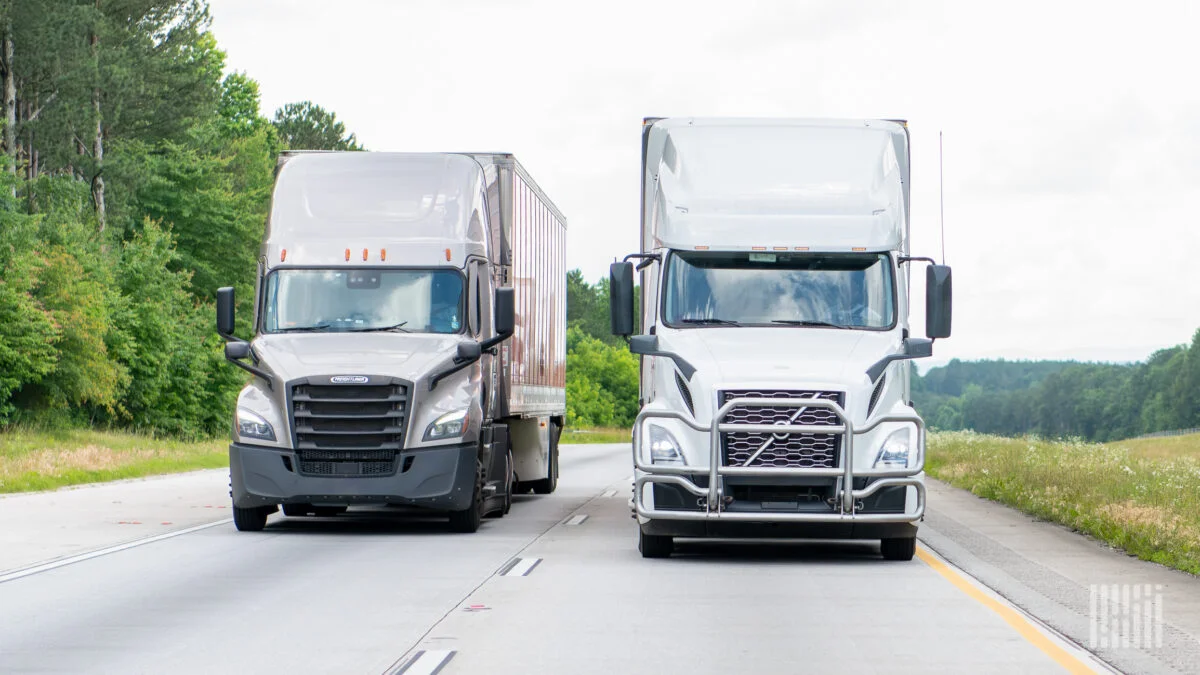
AIT Worldwide Logistics acquires...
Supply chain provider AIT Worldwide Logistics has acquired Krupp Trucking LLC,....
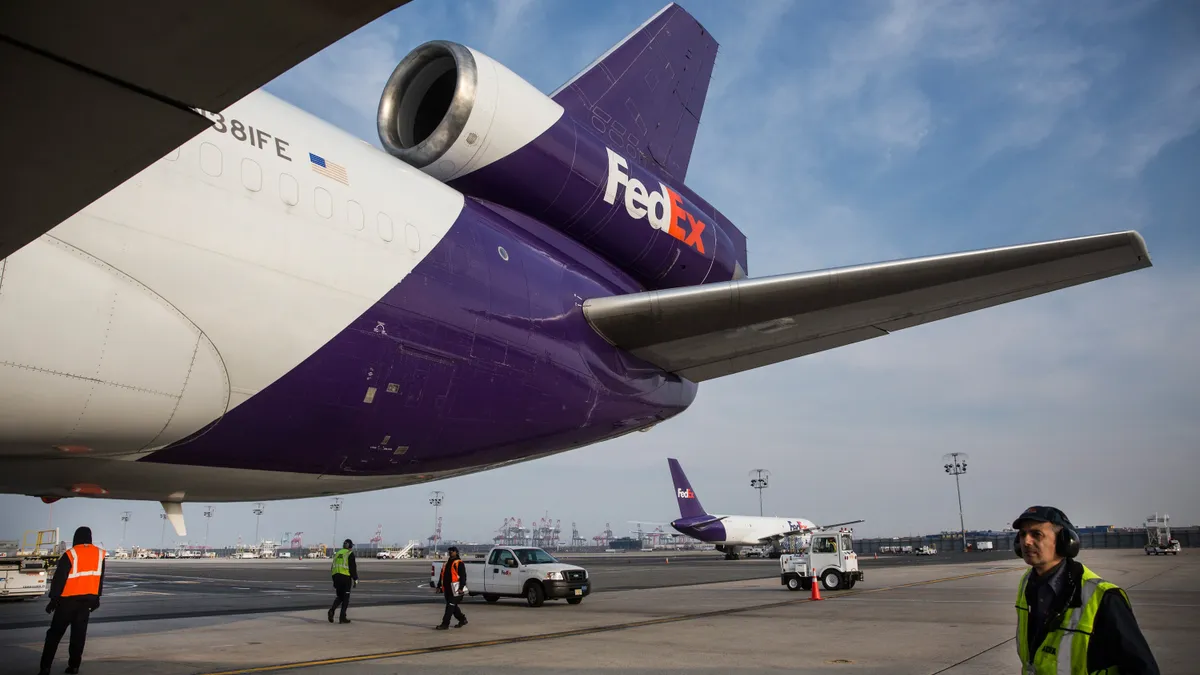
FedEx targets growth in 4 customer segments...
Network changes and new capabilities aim to snag market share in healthcare...
Newsletter
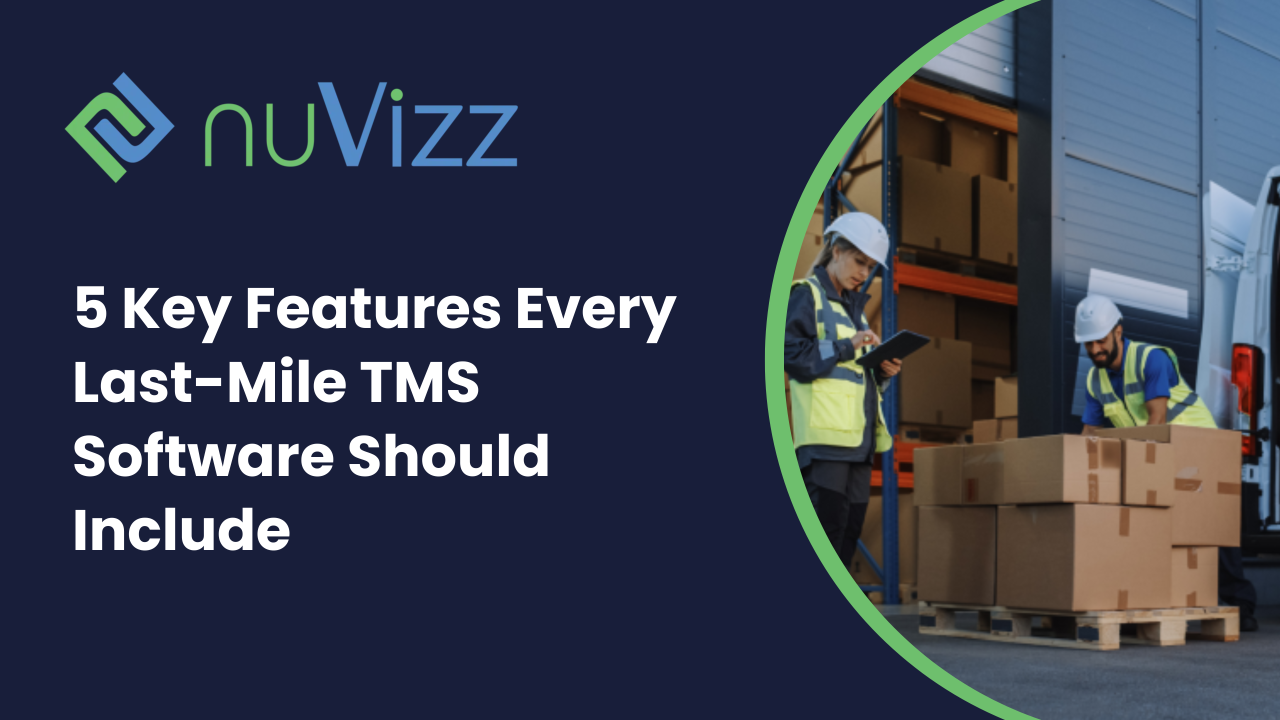
5 Key Features Every Last-Mile TMS Software...
In today's competitive landscape, efficient and reliable last-mile delivery is no longer a luxury,...
Gartner
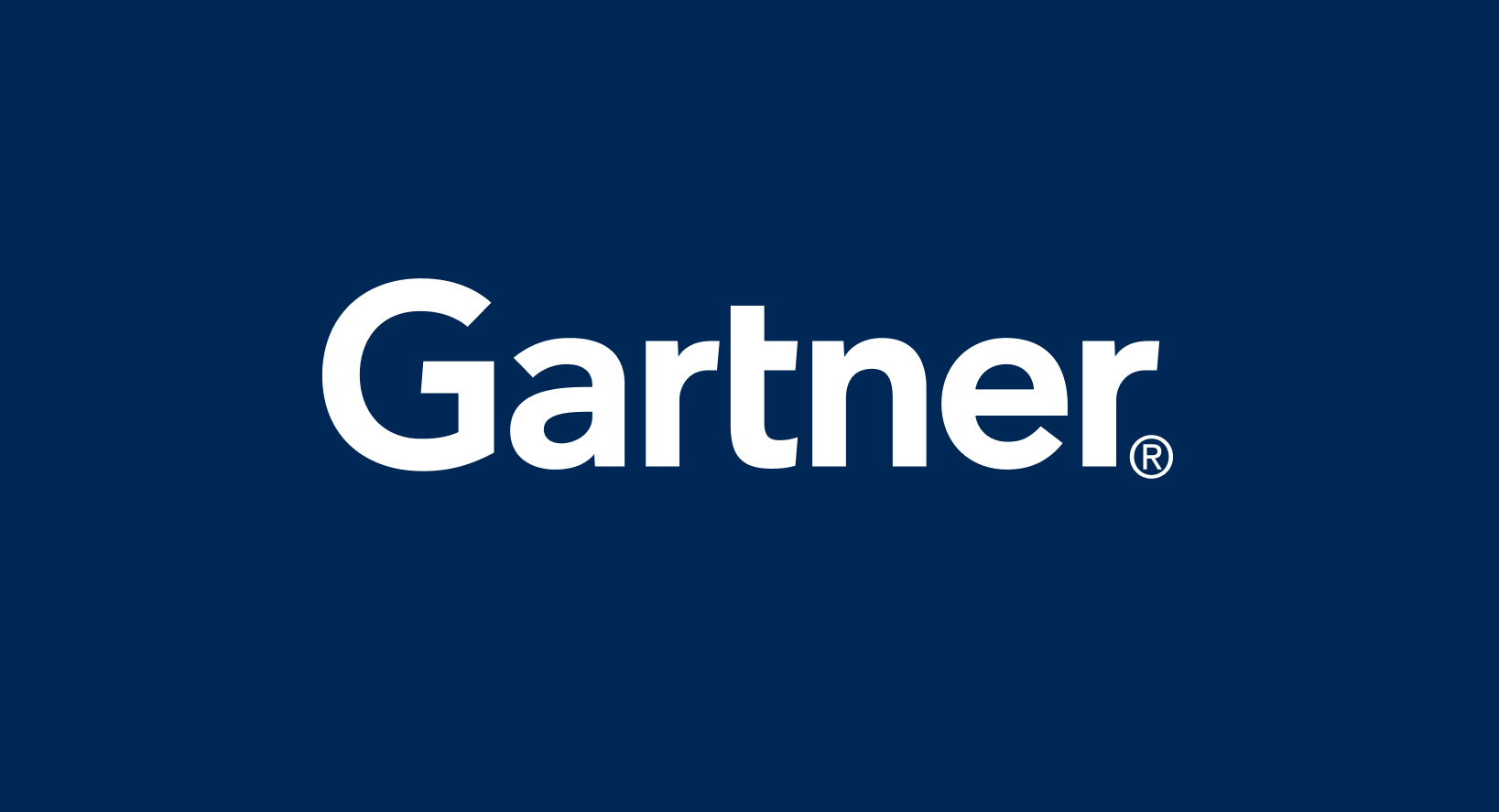
Market Guide for Last-Mile Delivery...
Demand for Last-Mile delivery applications continues to grow, gathering interest...